McLaren: The Road Cars, 2010–2024
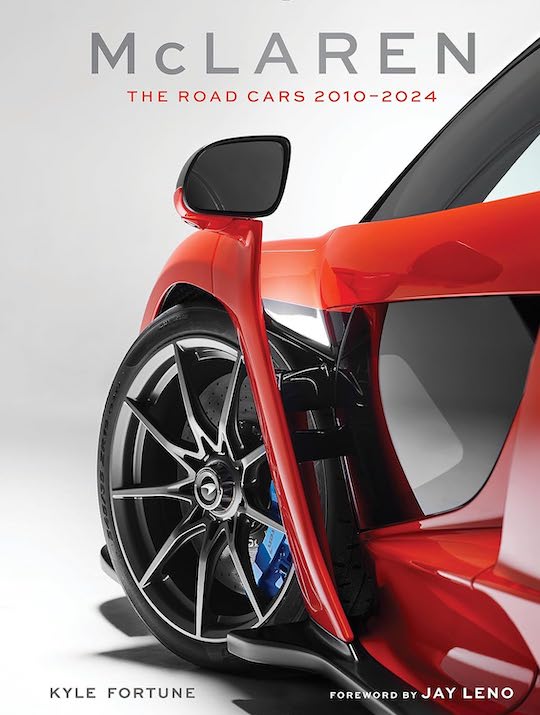 by Kyle Fortune
by Kyle Fortune
“As a professional motoring journalist, I’ve witnessed McLaren Automotive forming in 2010 and the unveiling of its first volume production car, the MP4-12C. McLaren Automotive created not just a car, but an entire company. It’s a fascinating business, too, one that applies a fast-paced, innovative F1 engineering mindset and application in the automotive world, McLaren’s approach having created an incredible number of sports cars and supercars that have been hugely disruptive to the established, legacy companies, which, until McLaren arrived, were relatively unchallenged.”
There are several things to take away from that paragraph but one that matters for this review is that the author has a frame of reference for his commentary because he is a professional journalist, in fact a specialist in testing high-performance vehicles.
Bruce Leslie McLaren (1937–1970) was a New Zealander so it is no wonder his name resonates with us New Zealanders even today. There’s the former garage, now an opportunity shop, where “Pop” McLaren supervised Bruce’s early tuning of his Austin 7 Ulster; or the bleak Muriwai beach where he successfully raced it, later naming the house he built in Surrey after the spot. Peripheral though our association with McLaren and his friend Denny Hulme (1936–92) may have been, we were captivated by Henry Manney III’s (1922–88) reporting of the five Can-Am titles of the “Bruce and Denny Show” in Road & Track before McLaren’s death at only 32 in 1970. The 650S Coupés and Spiders from 2014 still commemorated those days, with Bruce’s orange livery and Kiwi motifs popping up here and there.
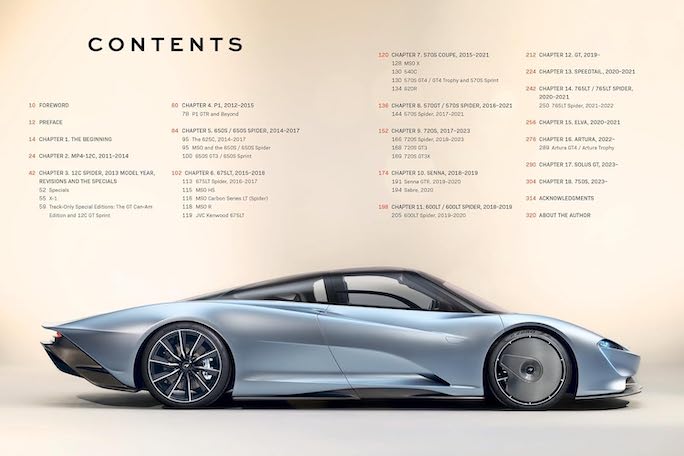
The memory of that Monday morning nearly sixty years ago is still vivid; working for the airline, this callow youth checked in a quiet and modest young Bruce McLaren for his flight from Christchurch to Auckland. His secretary Eoin Young (1939–2014) didn’t really need to point out his charge’s identity for most of us had watched his victory in the Lady Wigram Trophy Race a couple of days earlier. Your reviewer knew Young after his return in retirement from his British journalism career, and his articles graced our local club magazines, the going rate being three bottles of good Aussie Shiraz. Motormedia, the firm he established in Britain, is among the stockists of this substantial book by Scottish-born, UK-based motoring journalist Kyle Fortune (b. 1965).
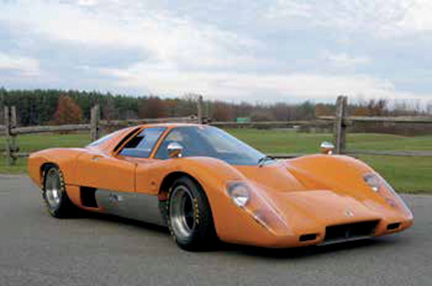
McLaren M6GT of 1969—where it all began.
Fortune has decided that Metric measurements of power will be used (PS, the abbreviation for the German Pferdestärke literally translates to “horse strength” more commonly known as horsepower) because McLaren customarily references that unit of measure in the names of its models. To express it as brake horsepower, simply multiply by 0.98632. All other specifications are expressed in Metric as well as Imperial, possibly slightly confusing for American readers used to the smaller US gallon; being a US publication, American spelling is used throughout. Acronyms—there are lots of them—start with MSO for McLaren Special Operations, but Fortune translates them often in his text.
As with Bruce McLaren the man, it is hard to find any derogatory remarks about the road cars that bear his name from the single M6GT (above) he designed and built before his passing, through the 106 F1s built between 1992 and 1998. They were the original “supercar” of, gosh, a generation ago with a recorded speed of 240.1 mph; a racing version won the 1995 Le Mans 24-hour race. Because Fortune considers the F1 McLarens already thoroughly covered by Doug Nye and Ron Dennis (Virgin Publishing 2000) and Mark Coles (Porter Press 2020), he covers just the road cars built by McLaren Automotive, and his book begins with the invitation to the McLaren Technology Centre at Woking in Surrey to examine and drive the MP4-12C just before it was launched in March 2010.
The time gap between the F1 cessation in 1998 and that launching had been filled by “Project 11” development and rumor, as the goal of volume production, 1,000 cars a year at a lower price, but still unimpeachable quality was envisaged, despite economic recessions and gloomy predictions. McLaren has a £50M composite facility in Yorkshire, with cooperation from Sheffield University. The MonoCell weighs 80 kg and provides all the required torsional rigidity. It descends from the Formula One MP4/1carbon fiber tub of 1981, with jig-welded aluminum components added, and bodywork of composite/aluminum stampings for an overall deformable design.
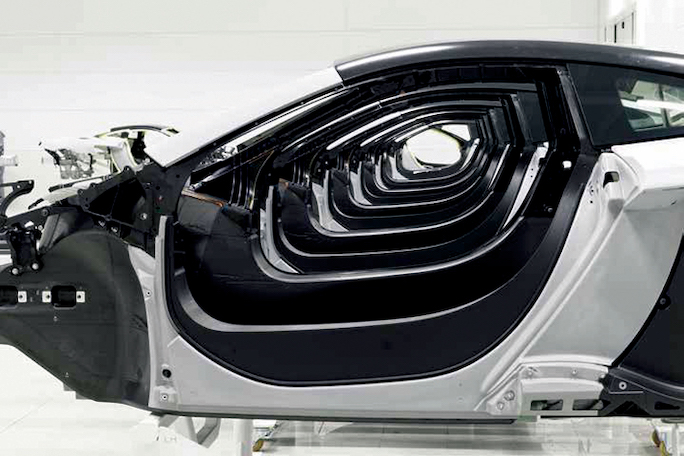
MonoCells on parade.
Echoes of F1 were intentional but were aerodynamic rather than style. Conventional anti-roll bars were replaced by cross-linked hydraulic damping systems, interestingly tested on Subarus on test circuits. PCC Proactive Chassis Control in effect de-couples in straight-line Touring. Unsprung weight was always a target, and ceramic carbon, aluminum, weight saving wheels are examples. Brake steer technology came from a later banned McLaren Grand Prix innovation which was controlled by software to stop wheel spin under stress, saved the weight of a limited slip differential.
V8 twin-turbo 3.8L, variable valve timing, flat-plane crank for low mounting. 625 PS and 600 Nm, with 80% torque below 2,000 rpm with good economy, low emissions, 0–100 kmh in 3.2 seconds and 207 mph after a year of development. 7-speed paddle-controlled through 6 program variants, with seamless full-throttle capability. As a nod to the Can-Am prowess, the McLaren Formula One Team drivers Lewis Hamilton and Jenson Button drove the orange prototype at Goodwood Festival of Speed in July 2010, a static appearance at Pebble Beach, and tours of Europe and Asia following. Selected motoring journalists were able to drive prototypes at the new and little-known Portimao circuit in Portugal, and Fortune quotes their, and his, enthusiasms. Throughout his book, Fortune is very much “in” the cars rather than just jotting down specifications, and engineers, drivers, journalist colleagues and competitors are quoted at length. Describing the 570GT of 2016–21, he writes, “The 570GT was, . . . a Grand Tourer, or because everything sounds so much better in Italian, a ‘Gran Turismo’.” As with all the illustrations, the blend of the sumptuous and functional in the 570GT is conveyed in a desert location, reminding this reader that a far larger country than his would better bring out the McLarens’ capabilities and features. Sigh.

McLaren 570GT poised to gobble up a continent.
In this review the MP4/12C is covered in some detail because each successive model descends from it. Each innovation is accompanied by weight loss, surely unique among car manufacturers. MSO was eager to offer special options; the “HS” stood for High Sport, with revisions fore and aft enhancing downforce, and whatever the heart desired could be discussed, the word “clandestine” being used by Fortune to describe individual features that became apparent only when used cars became available.
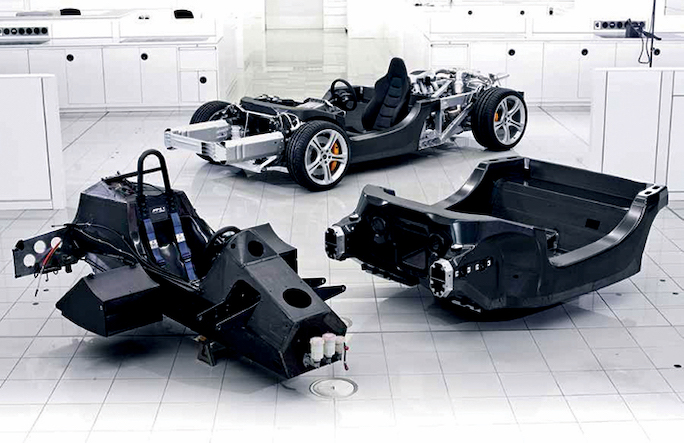
Mclaren MP4-12C Evolution.
In 2013 came the P1 “hypercar” and Fortune gives excellent technical information. The P1 had rivals from Porsche and Ferrari in offering instant performance enhancement from electric motors. 375 were built, largely by hand by a team of 105, and despite a base price of $1.15 million they were all sold within two months. Ferrari built 499 LaFerraris and Porsche 918 of their 918 Spyders, so what were referred to as “the holy trinity” remain rare. Quite how the performance of the P1 could be achieved on what we perceive to be the crowded streets of Asia (27% of production, 34% going to the Americas, 26% to Europe, and 13% to the Middle East and Africa) must be imagined.
Then, at Pebble Beach 2014 the P1 GTR, available to P1 and F1 owners, and with a package including analysis of personal performance and driver training including time in the McLaren racing simulator. With the electric motor’s boost, 1000 PS were available to the pilots of the 58 GTRs built, with a weight of 1.3 tons and a fuel consumption approaching 30 mpg. MSO can seemingly supply whatever the client’s racing ambitions, imagination and resources envisage; the queue absorbed all 500 of the first batch of the 675LTs (“long tail”) in two weeks. To retain exclusivity, the additional 500 demanded were built in Spider form, the folding roof mechanism imposing an extra 40 kg.
In 2015 the 570S was introduced, the PS output and “Sports” designating what was announced as the lightest sports car available at 1,313 kg when devoid of fluids, with aluminum body panels rather than the other cars’ composite and carbon fiber construction, with a lower price attracting 4000 orders a year, more than double previous production.

McLaren Works, Woking, Surrey: aerial views of McLaren Technology Centre, 34,500 sq meters.
In December 2016 the 10,000th McLaren was built, and the introduction of the 720S with a dry weight 18 kg lighter than the 650S, developments of the MonoCell now dubbed MonoCage II and ProActive Chassis Control now PCC II. The “cage” meant that the carbon fiber was extended to the roof, with a “shrink-wrapped” body of composites and aluminum wrapped around it, and slender A, B and C pillars approaching the 360-degree view from a jet fighter’s cockpit. The 720S, with the V8 now 4 liters, was in production from 2017 to 2023. Throughout his book Fortune provides technical detail that stops just short of bewildering. The 720S was replaced from 2023 by the 750S; surely McLarens are unique in that each development is lighter than its predecessor, with major contributions from McLaren Composites, thinner glass and a regime of weight savings described by Fortune.
For 2019/20 a special “Senna” Edition was offered to loyal McLaren customers, commemorating Ayrton Senna’s 35 Grand Prix wins and 3 F1 championships in McLarens. 500 examples were pre-ordered although rebuilt prototypes and some other variants were sold, including 15 “Sabres” with 800 PS. Clients were able to join the design team, perhaps having a voice to justify the use of that ghastly word “bespoke.” By this time, Fortune has given up on quoting pricing.
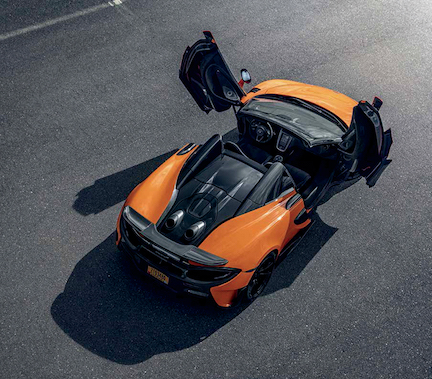
The 600LT Spider; thanks to MonoCell II carbon fiber construction the open car has all the torsional rigidity of the Coupé.
In 2018/19 came the 600LT, referencing the PS and “long tail”, and with 100 kg more lightness added and more force stomping on the ensemble.
From 2019 the GT was offered, with an acknowledgement that perhaps some luggage would enhance journey’s end, although no “Plus 2” nod was given to the conventional “GT”.
Into the 2020s came the 106 pre-sold Speedtails seating three across as in the F1, the driver in an adjustable middle seat and passengers fixed a little astern. Customizable enhancements abound, so identical cars are unlikely. Dry weight has gone up to almost 1.5 tons, economy isn’t quite as good, but luggage capacity is double that of most previous McLarens, and top speed is still 250 mph.
In a return to Bruce McLaren’s early association with Elva and the M1s 2s and 3s they built together, the McLaren Elva, sans windshield and with weather protection provided by specially designed helmet and sunglasses, has a goal of aerodynamic qualities enabling comfort and conversation at 70 mph. 149 of this “club racer” descendent were built, and with 815 PS from the flat-plane crankshaft 4-liter V8, 60 mph comes after only 2.7 seconds, although the top speed is lower than others of the marque at 203 mph.
The latest product is the Artura, a hybrid V6 with a twin-turbo 3 liter weighing 25% less than the V8, the assisting electric motor adding only 34 lb, its batteries 194 lb, but a clever reversal of the e-motor eliminates reverse gear from the 8-speed gearbox of the usual McLaren twin-clutch automatic with paddle-shift capability.
In his acknowledgements, Kyle Fortune mentions the suggestion from the innovative Schiffer Publishers that he initiate ideas for automotive books for them. His association with McLaren road cars dating back to their inception led to this splendid book, graced by his easy style and the quite startling images, often spilling from a full page, by Beadyeye Photography.
As your reviewer remembers driving his Riley Monaco (34 bhp, a guaranteed 60 mph in twin-SU form but a weight exceeding any McLaren) to watch Bruce McLaren racing, words like “Fortune”, “Supercar” and “Hypercar” seem a world away, so we perhaps need to supplement them with “Hyperlative”, “Megacar” and “Gigacar”.
Reading Kyle Fortune’s book, I became very conscious of how much a late friend and McLaren Trust stalwart, Andy Scotcher, would have enjoyed seeing the arc of the company’s continued success recognized here.
Copyright 2024, Tom King (speedreaders.info).


 RSS Feed - Comments
RSS Feed - Comments
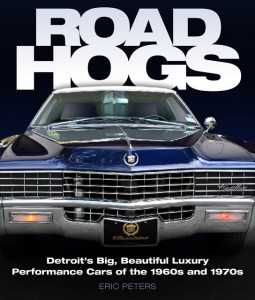

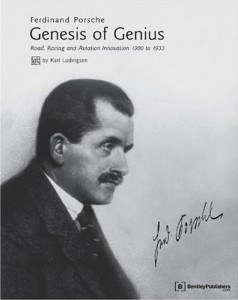

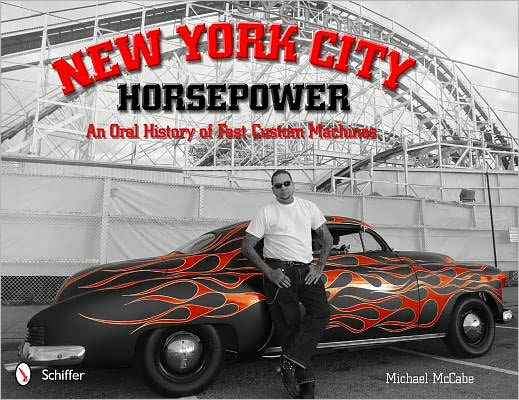
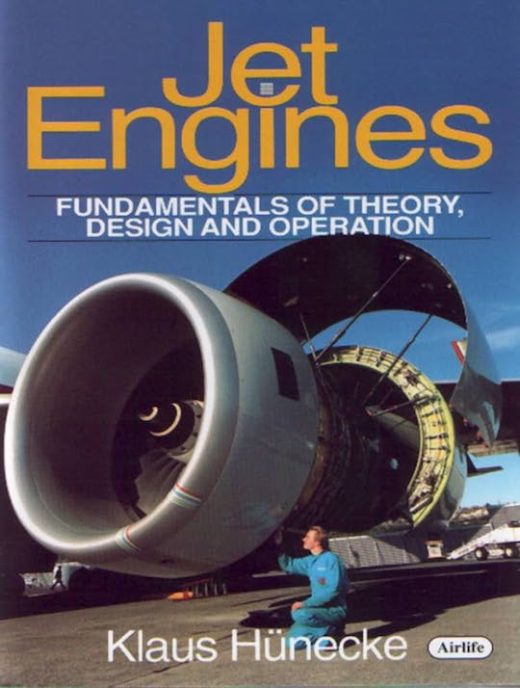



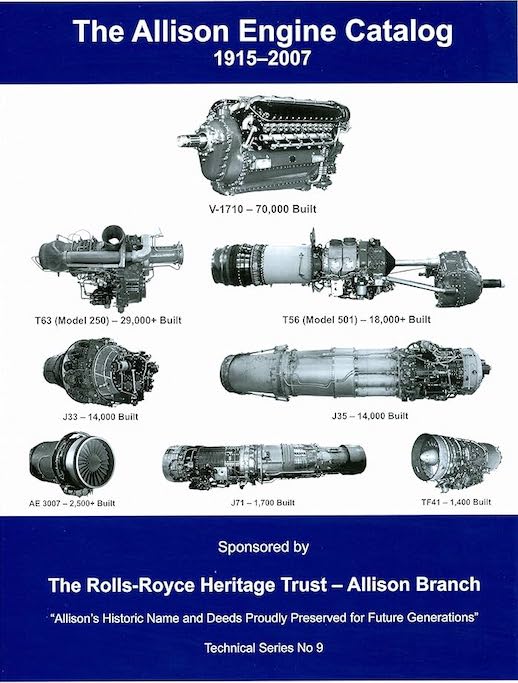




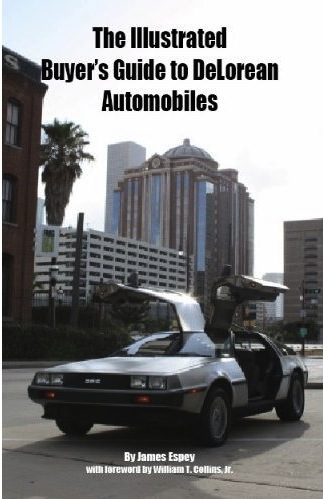

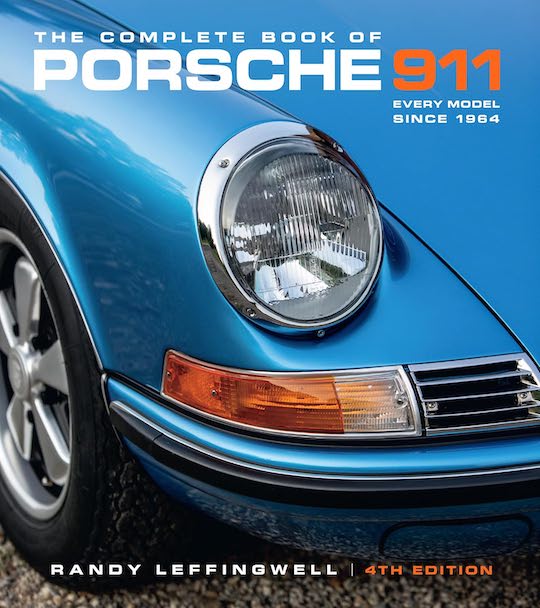
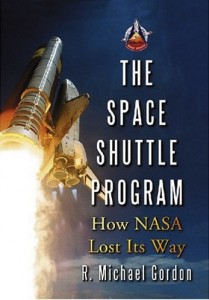
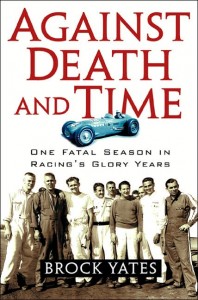

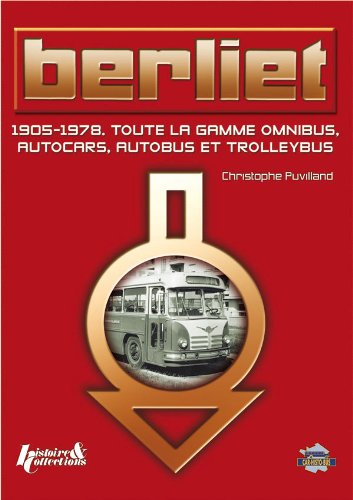
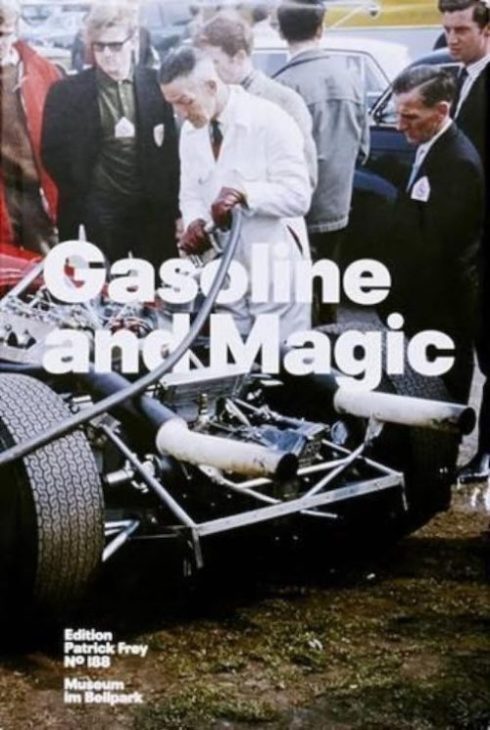

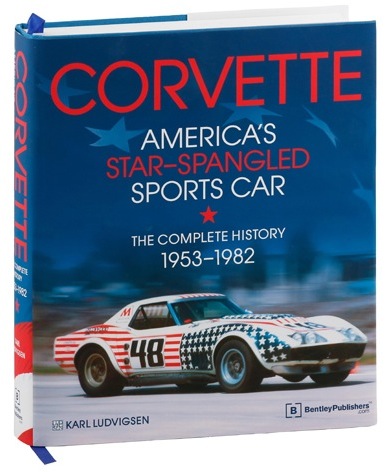
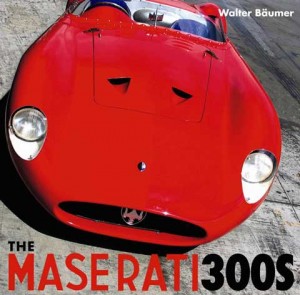




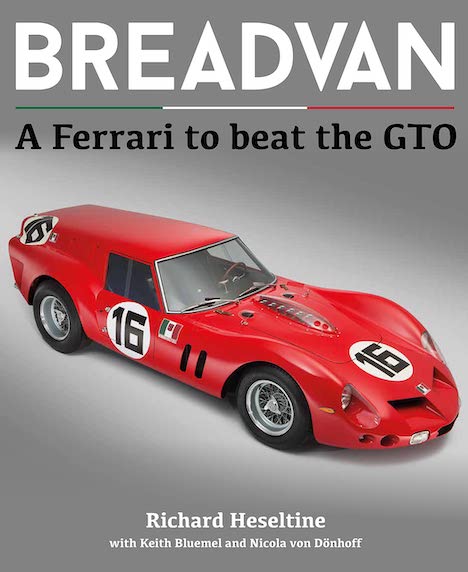
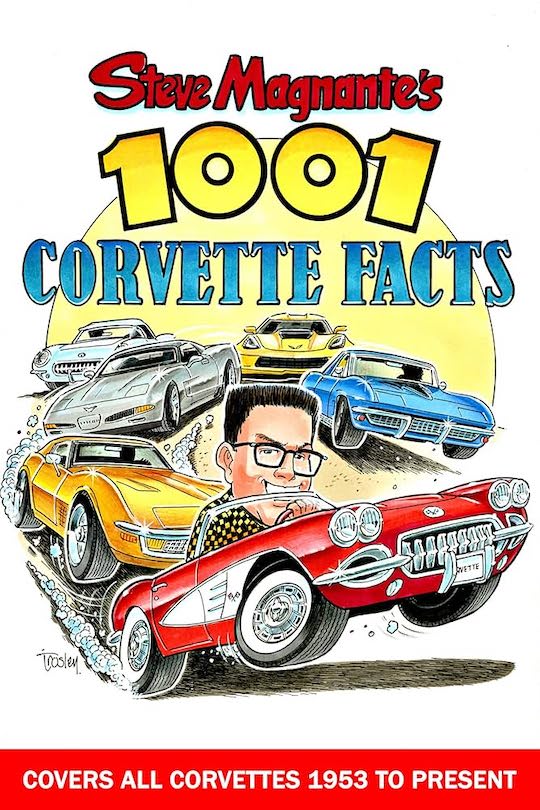



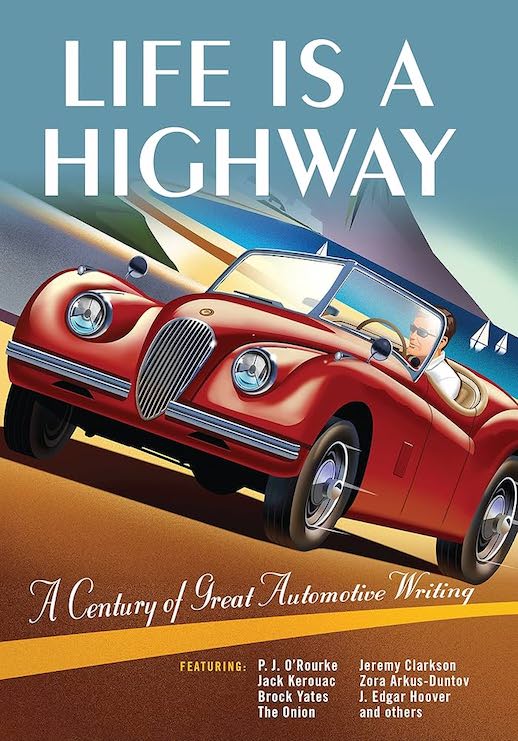
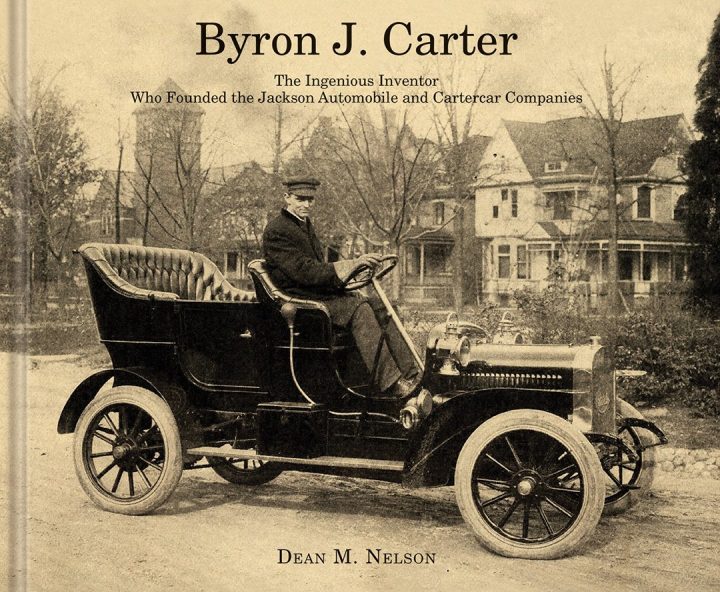


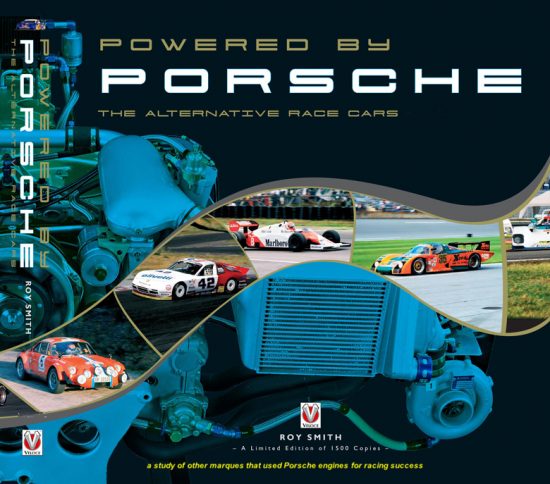
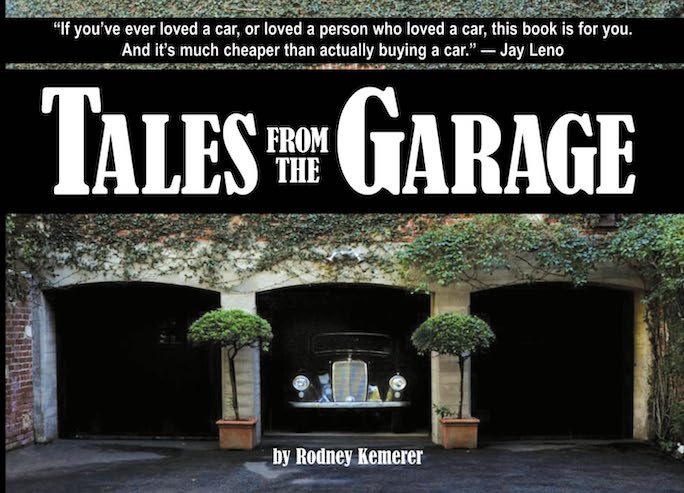
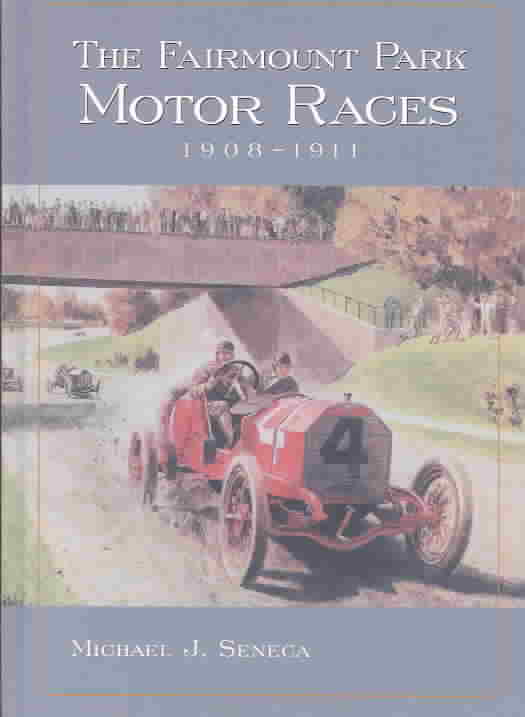
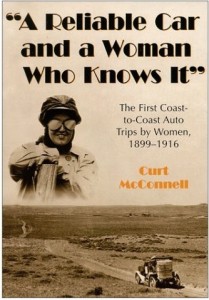
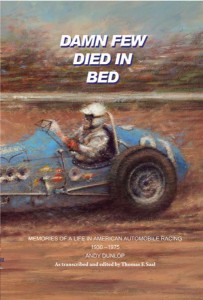
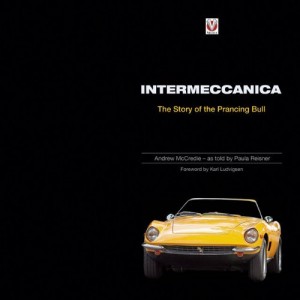

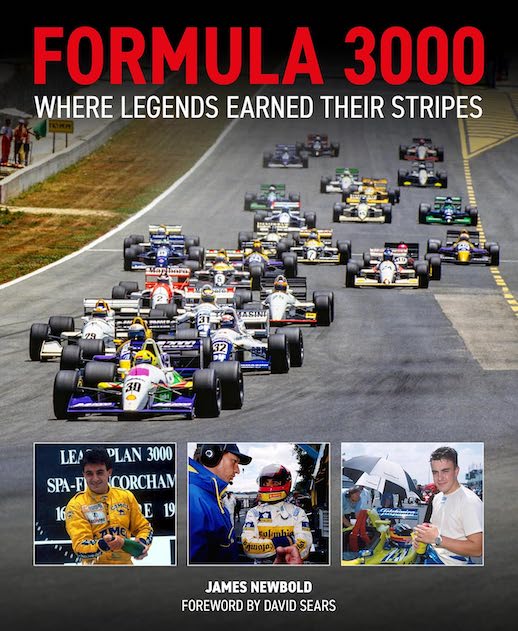
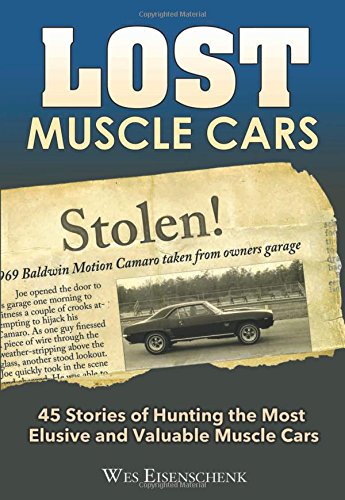


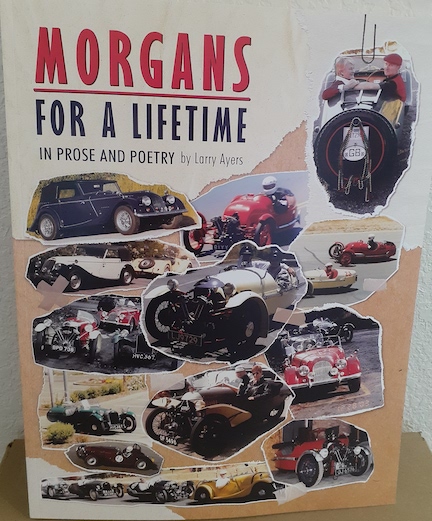

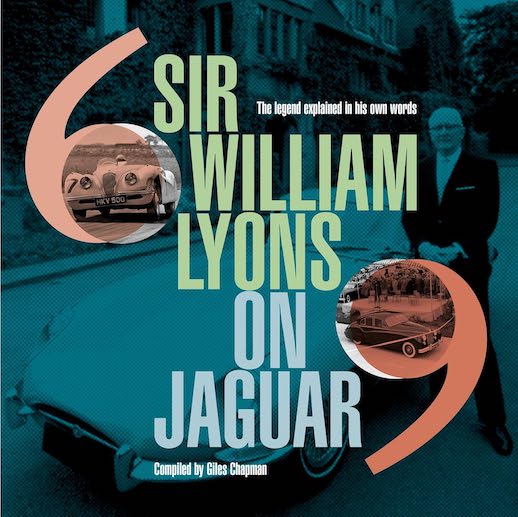
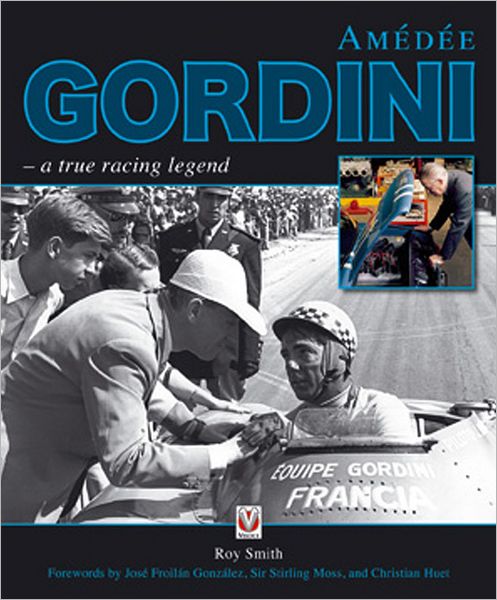

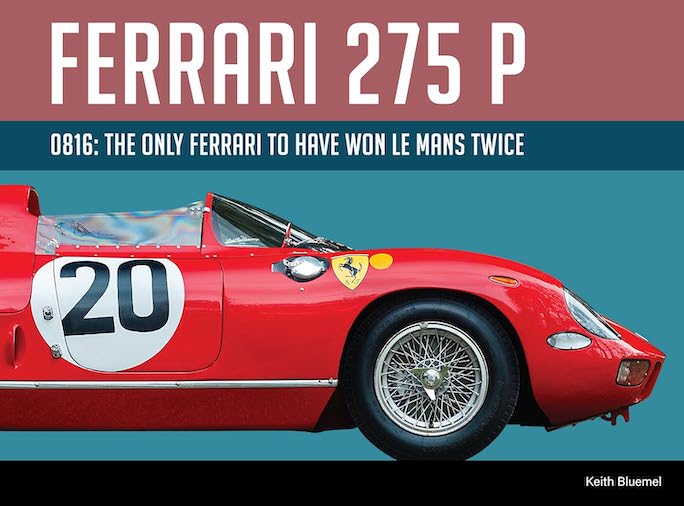
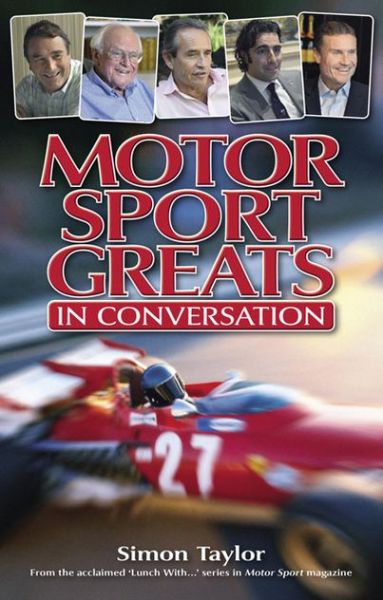
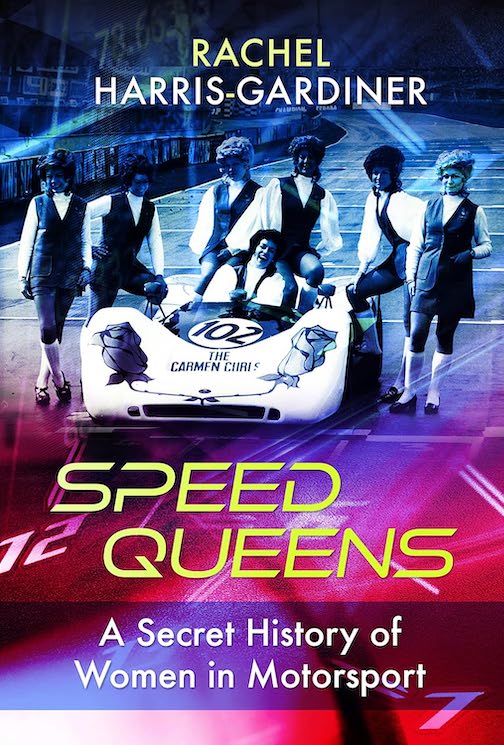
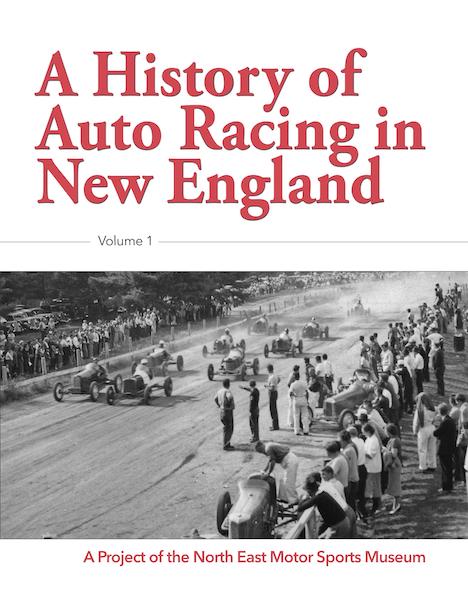

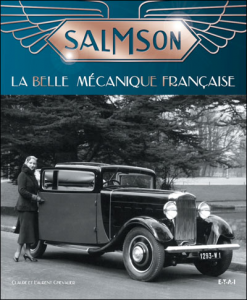






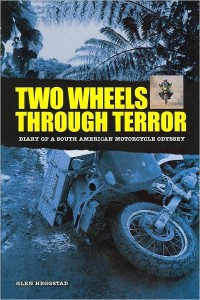
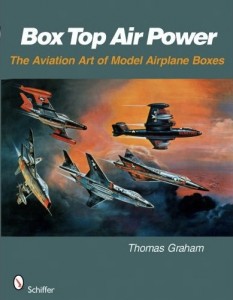

 Phone / Mail / Email
Phone / Mail / Email RSS Feed
RSS Feed Facebook
Facebook Twitter
Twitter